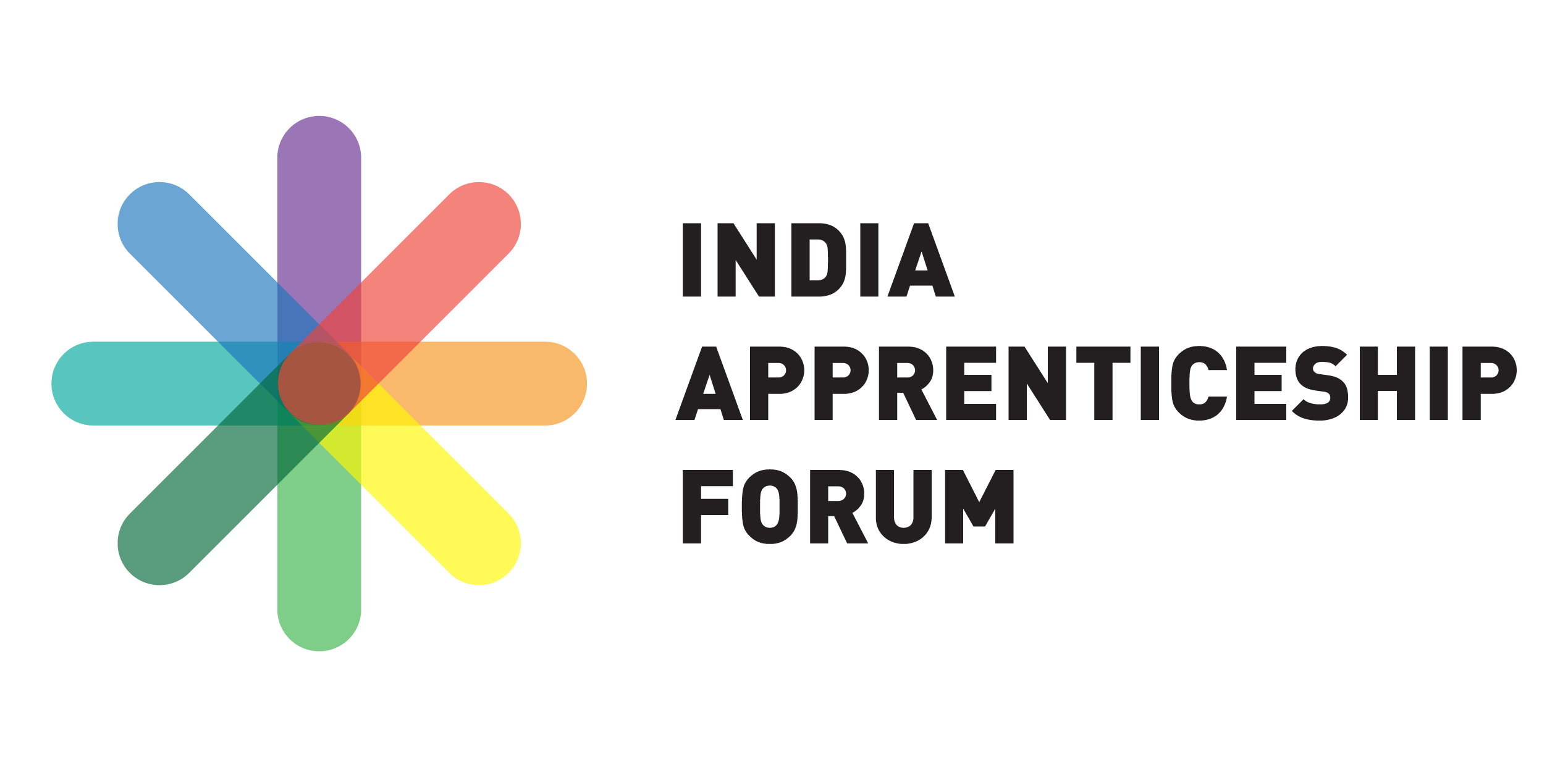Young men and women today are subject to extreme market volatility and inflation. This puts them in a dire position of not being able to find their desired employment. Among low and middle-income families, informal employment has come to dominate young people’s labour market experiences, while in high-income families, work for youth increasingly means temporary and other non-standard forms of employment.
A quick look at the ratio of literate and illiterate youths in India:
The overall literacy rate in urban India is 79.5 per cent. In urban India, 74.8 per cent females are literate, and 83.7 per cent males are literate. There is a broader disparity in literacy rates of males and females in rural India than in urban India. India has the largest population of illiterate adults in the world – 287 million, which accounts for 37% globally.
An illiterate individual cannot read and write, and thus cannot join the workforce or may work in the capacity of unskilled labour. Lack of awareness on the opportunities to upgrade their skills puts them at a disadvantage which eventually affects their community as well. Illiteracy affects an individual in all areas of their life. Economic disparities, gender discrimination, caste discrimination, and technological barriers can be said as significant barriers affecting the social and economic development of India.
You may also like: Can an Apprenticeship Make Youth More Employable?
Reasons for unemployment and the way ahead:
Due to the rapid population growth coupled with inadequate state support, legal complexities and low infrastructural, financial and market linkages to small/ cottage industries or small businesses, making provisions for skilled hiring becomes unviable.
Defective system of education: The syllabus taught in schools and colleges are not as per the current requirements of the industries. Low or no educational levels and vocational skills does not prepare the youth to the real world of job opportunities.
The low productivity in agriculture sector combined with a lack of alternative opportunities for agricultural workers makes the transition from primary to secondary and tertiary sectors difficult.
Regressive social norms is another major obstacle deterring women from taking/continuing employment.
As the world is moving towards Industrial Revolution 4.0, the advent of emerging technologies such as Blockchain, AI, automation and robotics are disrupting every sector. This invokes the need for highly skilled workers, but the disparity in mainstream education fails to provide such skilled workers.
Also Read: Indian youth prefer this over salary
Government Policies and schemes to reduce unemployment:
- Integrated Rural Development Programme (IRDP) was launched in 1980 to create full employment opportunities in rural areas.
- Training of Rural Youth for Self-Employment (TRYSEM): This scheme was started in 1979 to help unemployed rural youth between the age of 18 and 35 years to acquire skills for self-employment.
- RSETI/RUDSETI: With the intent to mitigate the unemployment problem among the youth, a new initiative was tried jointly by Sri Dharmasthala Manjunatheshwara Educational Trust, Syndicate Bank and Canara Bank in 1982. The setting up of the “RURAL DEVELOPMENT AND SELF EMPLOYMENT TRAINING INSTITUTE” stands for the acronym RUDSETI. Rural Self Employment Training Institutes/ RSETIs are now managed by Banks with active co-operation from the Government of India and State Government.
- By merging the two erstwhile wage employment programme – National Rural Employment Programme (NREP) and Rural Landless Employment Guarantee Programme (RLEGP) the Jawahar Rozgar Yojana (JRY) was started with effect from April 1, 1989, on 80:20 cost-sharing basis between the centre and the States.
- Mahatma Gandhi National Rural Employment Guarantee Act (MNREGA): It is an employment scheme that was launched in 2005 to provide social security to families whose adult members opt for unskilled labour-intensive work. By guaranteeing a minimum of 100 days paid work per year to all. This act provides the Right to Work to people.
- Pradhan Mantri Kaushal Vikas Yojana (PMKVY), launched in 2015, has the objective of enabling a large number of Indian youth to take up industry-relevant skill training that will help them in securing a better livelihood.
- Start-Up India Scheme, launched in 2016, is the most recent that aims at developing an ecosystem that promotes and nurtures entrepreneurship across the country. Stand Up India Scheme, launched in 2016 aims to facilitate bank loans between Rs 10 lakh and Rs. 1 crore to at least one SC or ST borrower and at least one women borrower per bank branch for setting up a greenfield enterprise.
- Prime Minister’s Employment Generation Programme (PMEGP): It is a credit-linked subsidy programme introduced by the government of India in 2008. PMEGP is a merger of two schemes, namely, Prime Minister’s Rojgar Yojna and Rural Employment Generation Programme.
- Apprenticeship Portal: For the convenience youth and job industry, an apprenticeship portal was launched by the Prime Minister. All companies would be required to publish their trade-wise requirement of apprentices that can be matched by apprentices based on their skillset.
Skilled workers and the answer to youth employability:
With a target of skilling 500 million people by 2022, apprenticeship will be the key to increasing the employability of youth.
Although India’s higher education system contributes about 3.5 lakh engineers and 2.5 million university graduates annually to the workforce, an estimated five million graduates remain unemployed at any given time. India has set a target of skilling 500 million people with employable skills by 2022. This is where apprenticeship will play a crucial role in the task of up-skilling India’s workforce and increasing employability.
Currently, 2.8 lakh apprentices are trained each year against 4.9 lakh seats in central and state-sector establishments. These numbers are abysmal for a workforce that is now growing by 12 million a year with hardly any employable skills. The number is even lower in countries like Germany, which has three million apprentices, Japan 10 million and China 20 million who pick up critical employment skills through a hands-on approach. Non-involvement and participation of corporations in creating a skilled workforce via apprenticeship hamper skill acquisition for youths as against promoting them for their development and reinstalling the Indian market standing in the global arena.














